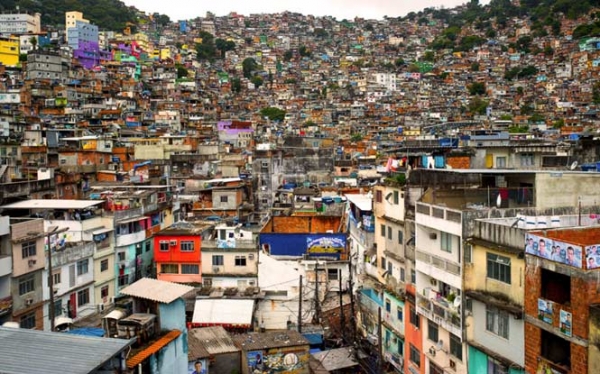Jun

Favela tourism: the lowdown
Poverty tourism, where visitors step inside a world of slums, favelas and townships, can be an insightful way to see a different side of the country you’re visiting, and the good ones help the communities flourish. It all depends on the type of tour you book. Some are little more than ‘human safaris’, merely looking at people’s homes, walking past them and snapping photos. But others, often led by an informed guide, help you understand the people who live there and increase your appreciation of the destination. So how do you decide which tour to pick?
How is the tour sold?
The way the tour is marketed can speak volumes. Does the tour just show you how people live, or does it help you understand their lives? These tours work better when it’s the latter, where you engage with the community, talk to them, find out about their lives. Ethical tours will also have a community model, where some of the tour money goes into community projects and businesses. The more questions you ask before booking, the better. If they sound vague or shy away from answering, steer clear.
Who is the guide?
A local guide or someone who has lived in the city or country for many years is key. It means they speak the language and if they know the community too, it eliminates that barrier between the visitors and the locals. They should also be familiar with the issues they face and this knowledge and understanding is a big bonus when it comes to how the tour comes across.
Is it a walking tour?
Walking tours are generally best, ideally with a knowledgeable local guide who knows all about the favela’s history and culture. These tours takes away the feeling of a ‘human safari’ and should enlighten, even surprise you. If the tour is simply a jeep safari, driving through neighbourhoods with photo stops from the window, that should ring an alarm bell, particularly if the visit then ends at a designated craft shop.
Ask about photography?
Good guides will encourage you to ask locals before taking photographs of them. They’ll also suggest you don’t give money to children, as it’s far more effective if they attend school than rely on money from tourists. Reputable tour companies adopt a community tourism model, where the residents benefit from the tours, and these funds can make a difference.
Dress appropriately
It’s best to blend in and let the favela be the star. Dress comfortably and relatively conservatively– trainers, cut-offs and a T-shirt are ideal. Flip-flops are usually not recommended during favela tours.
Be open-minded
Rio’s favelas, like the ‘slums’ of India and the townships of South Africa, are well-known through films like City of God and news stories of drug wars between neighbourhood cartels. But the favelas are home to real people, families, old people, young children, citizens who go to work in Rio and around, as cleaners, shop workers, hotel staff, you name it… With one in four Rio residents living in a favela, they are an important social, cultural and political structure, and it’s natural to want to visit. Each one has pockets which are more deprived than others, and some people may be shocked by what they see. But good tours show both the challenges and the positive stories in these communities. And that’s what they should do.






